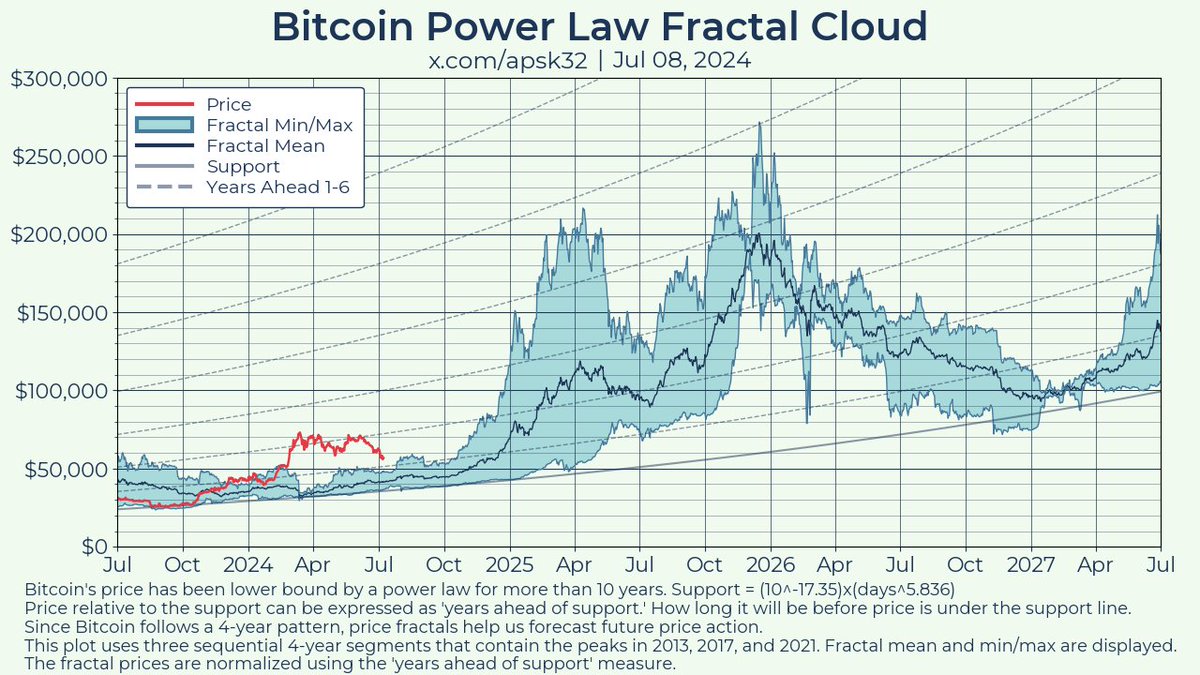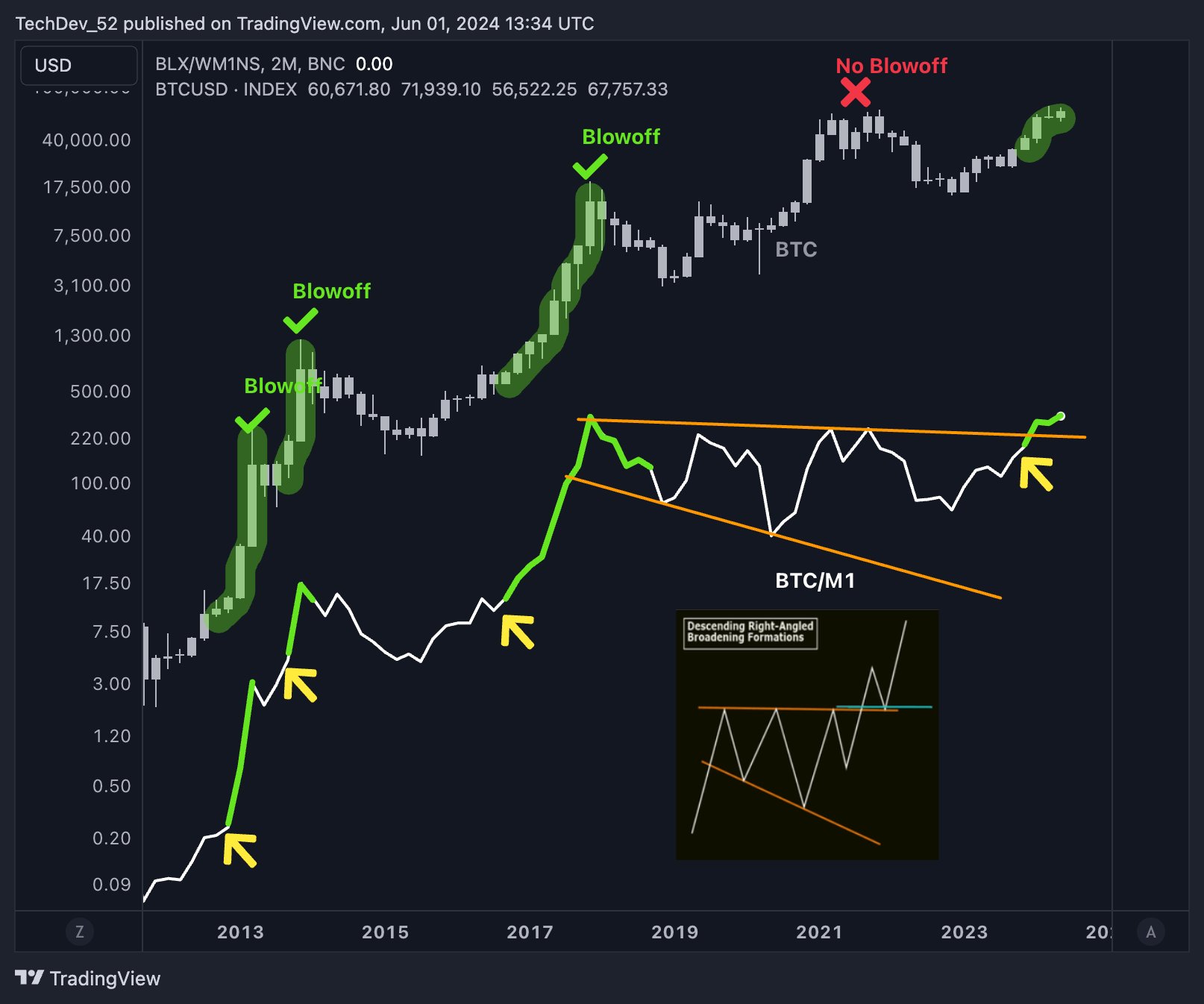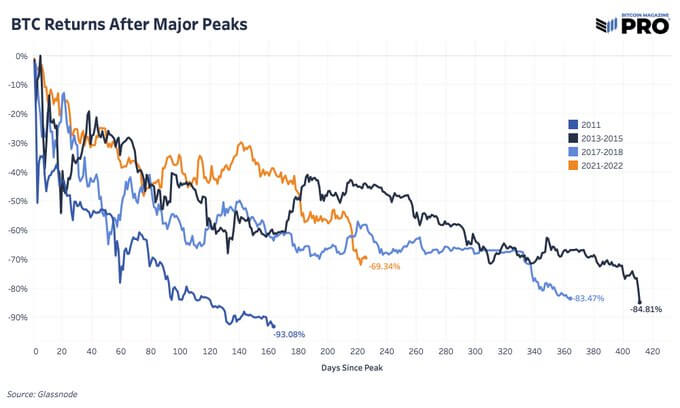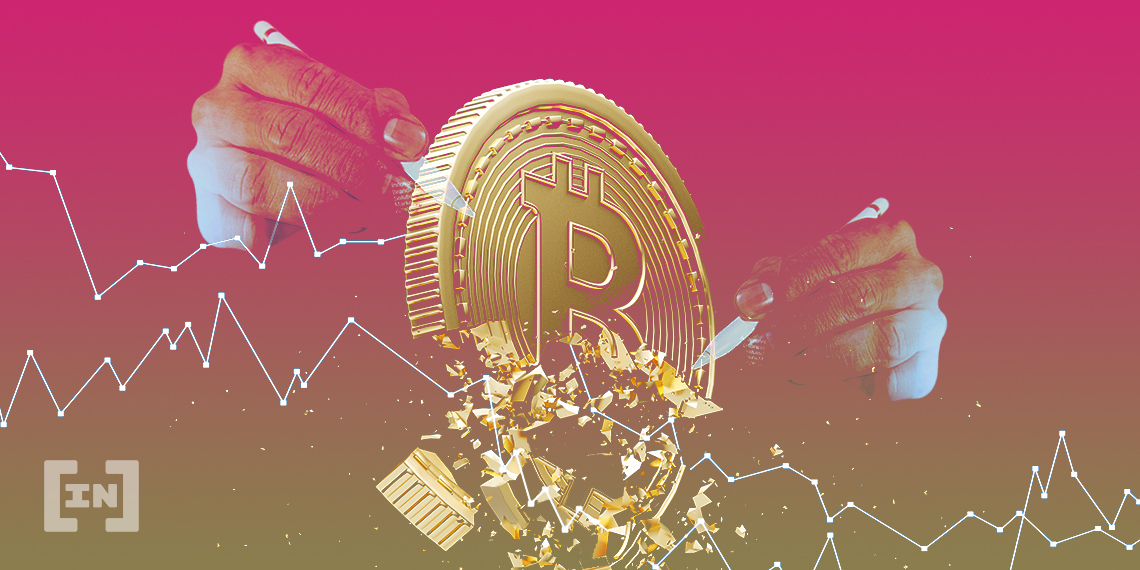2024-10-25 16:50 |
Rudd identifies a number of biases, inaccuracies, and flawed assumptions in the ECB’s treatment of Bitcoin, specifically in how the ECB positions Bitcoin as a speculative asset that lacks intrinsic value and presents risks to the financial system. This critique serves not just to counter the ECB’s claims, but to illuminate broader debates on Bitcoin’s role in the financial landscape.
The ECB’s Critique of BitcoinThe ECB’s paper, The Distributional Consequences of Bitcoin, takes a largely negative stance on Bitcoin. Bindseil and Schaff argue that Bitcoin has failed to mature into an effective payment system and instead has morphed into a highly speculative financial instrument. They contend that Bitcoin’s core attributes—decentralization, fixed supply, and pseudonymity—render it ill-suited for use as a currency in any meaningful sense.
Furthermore, the authors assert that Bitcoin contributes little to economic productivity, serves as a tool for speculative bubbles, and presents environmental concerns due to the energy-intensive nature of proof-of-work mining.
The paper heavily emphasizes the risks Bitcoin poses to financial stability, particularly if it were to become widely adopted. Bindseil and Schaff make the case that Bitcoin, like other speculative assets, fosters wealth concentration among a small group of early adopters and detracts from financial systems that are based on stability, transparency, and regulatory oversight. In this view, Bitcoin stands as a threat to monetary policy and the broader economy, especially if left unchecked.
In fact, the ECB Paper New Paper goes as far as to state that Bitcoin should be “legally prohibited” and/or heavily taxed to ensure Govt Debt remains “Only Risk-Free Security”.
Source: X
Murray Rudd’s CounterpointsRudd’s response to the ECB’s analysis is meticulous and emphatic. He acknowledges the ECB’s position as a regulatory body tasked with maintaining financial stability, but argues that their critique of Bitcoin is plagued by biases, a lack of understanding of Bitcoin’s technological and economic fundamentals, and a failure to recognize Bitcoin’s evolution and significance as a global, decentralized financial system.
Source: Murray Rudd
One of the main points of contention Rudd raises is the ECB’s narrow view of Bitcoin as merely a failed payment system. While it is true that Bitcoin’s early proponents, such as those described in Satoshi Nakamoto’s original whitepaper, envisioned it as a peer-to-peer payment system, Rudd points out that Bitcoin’s role has shifted. Rather than viewing Bitcoin as a failure because it hasn’t become a globally dominant payment mechanism, Rudd argues that Bitcoin has instead developed into a store of value akin to digital gold. He writes, “Bitcoin’s strength lies not in its ability to compete with Visa or Mastercard, but in its ability to offer an alternative to fiat currencies, which are increasingly subject to devaluation and inflation.”
Rudd challenges the ECB’s dismissal of Bitcoin’s decentralization as a weakness. In contrast, he asserts that decentralization is precisely what gives Bitcoin its strength and resilience. “The fact that Bitcoin is decentralized means that it is not controlled by any single entity or government. This ensures its neutrality and resistance to censorship, making it a valuable asset in countries where financial repression or hyperinflation is rampant.” By focusing narrowly on Bitcoin’s transactional inefficiencies, the ECB misses the broader picture of how Bitcoin functions as a hedge against failing monetary systems.
The Question of SpeculationOne of the key charges leveled by Bindseil and Schaff is that Bitcoin is a speculative bubble. The ECB argues that Bitcoin’s price volatility and dramatic price swings make it an inherently risky asset, one that serves no productive economic function. Rudd counters this by pointing to the deepening adoption of Bitcoin as both an asset class and a store of value. He explains that while early investors may have benefited from its rapid price appreciation, the long-term trend reflects growing institutional interest and acceptance of Bitcoin as an asset class in its own right.
“Speculation is a natural part of any emerging asset class,” Rudd argues. “What matters is whether an asset provides long-term value, and Bitcoin’s value proposition is increasingly clear to institutional investors, hedge funds, and even countries like El Salvador.” While the ECB may view Bitcoin’s volatility as a sign of its instability, Rudd suggests that this volatility is more indicative of its early stage of adoption rather than an inherent flaw.
Moreover, Rudd critiques the ECB’s narrow definition of what constitutes a productive asset. By focusing solely on traditional measures of productivity and financial utility, the ECB dismisses Bitcoin’s role in fostering innovation within the blockchain space. He writes, “Bitcoin is the foundation of a technological revolution that extends beyond payments and finance, enabling new forms of decentralized governance, trustless contracts, and asset tokenization. These innovations are inherently productive, even if they do not fit into traditional models of financial utility.”
Environmental Concerns and Proof-of-WorkBindseil and Schaff also devote significant attention to Bitcoin’s environmental impact, criticizing the proof-of-work consensus mechanism for being energy-intensive. They argue that Bitcoin’s energy consumption is unsustainable, especially as global efforts ramp up to combat climate change.
Rudd acknowledges that proof-of-work does indeed require significant energy resources, but he suggests that the ECB’s analysis overlooks critical developments in this area. “While Bitcoin mining does consume energy, there are growing efforts to ensure that this energy is sourced from renewable resources,” Rudd explains. He also points to innovations such as the development of second-layer solutions like the Lightning Network, which aim to reduce the computational load on the Bitcoin network while increasing its scalability and efficiency.
Furthermore, Rudd argues that the environmental debate surrounding Bitcoin is often framed in misleading ways. For instance, he contends that the global financial system, with its extensive infrastructure, data centers, and regulatory apparatus, also consumes massive amounts of energy. “It is disingenuous to single out Bitcoin for its energy usage without considering the broader energy consumption of traditional financial systems.”
Wealth Concentration and Financial InclusionA recurring theme in the ECB’s critique is the idea that Bitcoin fosters wealth concentration, benefiting early adopters at the expense of latecomers. Bindseil and Schaff argue that this concentration of wealth undermines Bitcoin’s egalitarian ethos and contributes to systemic inequality.
Rudd rebuffs this claim by pointing out that Bitcoin’s transparent ledger makes it possible to analyze wealth distribution more accurately. While early adopters have indeed benefited from Bitcoin’s price appreciation, Rudd notes that over time, ownership of Bitcoin has become increasingly diffuse as more individuals and institutions invest in the asset. “The notion that Bitcoin fosters wealth inequality is overstated,” he writes. “As Bitcoin becomes more widely adopted, it has the potential to serve as a tool for financial inclusion, particularly in regions where access to traditional banking systems is limited.”
Rudd further highlights that Bitcoin can empower individuals in economically disadvantaged regions. By providing a decentralized, censorship-resistant financial system, Bitcoin offers a way for people in oppressive regimes or inflation-stricken economies to protect their wealth. “Bitcoin’s ability to serve as an alternative financial system in times of crisis is its true value proposition,” Rudd argues.
Conclusion: The Broader Implications of the DebateMurray Rudd’s critique of the ECB’s paper ultimately revolves around the notion that the institution’s analysis of Bitcoin is too narrow in scope and riddled with biases. By focusing primarily on Bitcoin’s shortcomings as a payment system and speculative asset, the ECB overlooks its larger role as a store of value, a technological innovation, and a tool for financial inclusion.
In an increasingly interconnected and digital world, the debates surrounding Bitcoin’s role in the global economy will continue to evolve. Rudd’s article serves as an important counterpoint to mainstream critiques of Bitcoin, offering a more nuanced view of its potential and challenging assumptions that dominate institutional thinking. As Rudd writes, “Bitcoin is not without its flaws, but to dismiss it as a mere speculative bubble or environmental disaster is to miss the forest for the trees.”
origin »
Bitcoin (BTC) íà Currencies.ru
|
|





